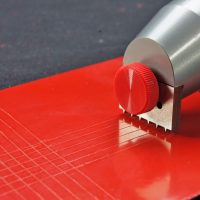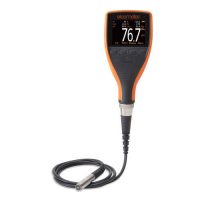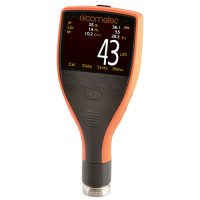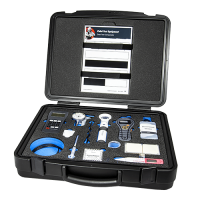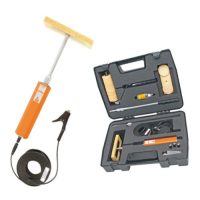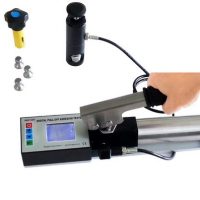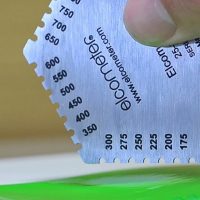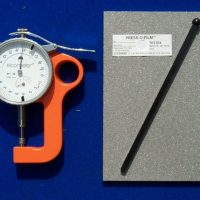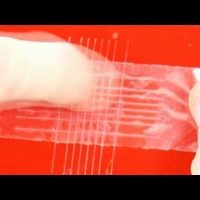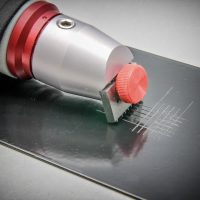
Painting Process
A protective coating/Painting is layers of material applied to the surface of base metal with the intent of inhibiting or preventing corrosion. Protective coatings are applied using a variety of methods, and can be used for many other purposes besides corrosion prevention. Commonly used materials in non-metallic protective coatings include polymers, epoxies and polyurethanes.
The Coating / Painting processes are summarized as follows
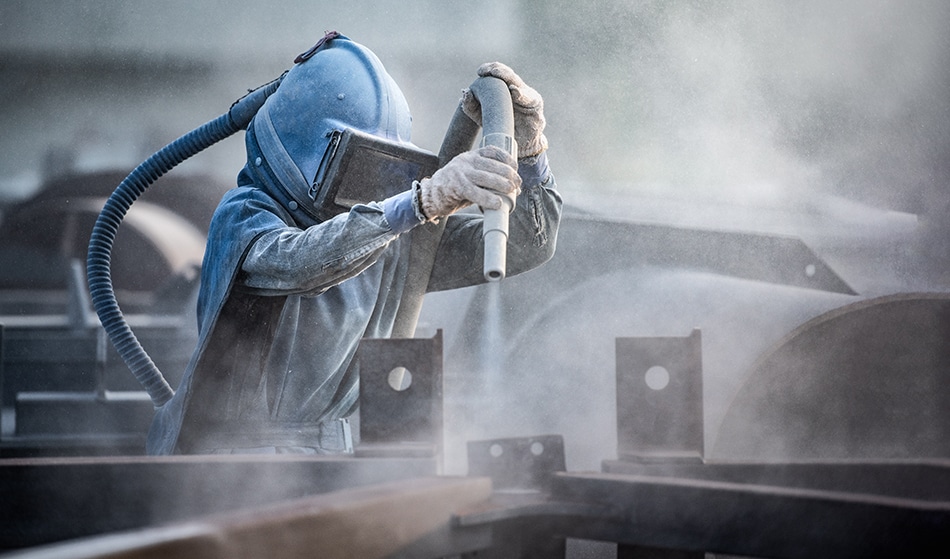
BLASTING
Blasting, more commonly known as sandblasting, is the operation of forcibly propelling a stream of abrasive material against a surface under high pressure to remove surface contaminants. Blasting is carried out in all type of such as Galvanized steel, Raw steel and Stainless steel.
PRIMER COAT
Primer coats provide good adhesion to sufficiently roughened, cleaned metal and ensuring a sound base for offering adhesion to subsequent coats. They normally also provide corrosion protection during the over coating interval & whole service life of the paint system.
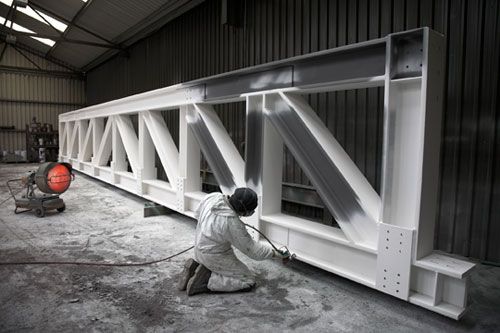
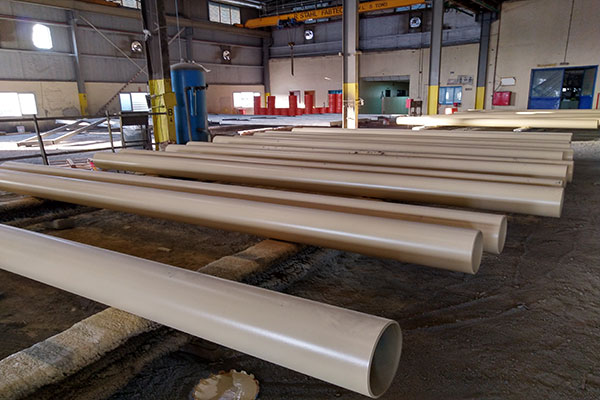
INTERMEDIATE COAT
Any coat between between priming and topcoat is called as the intermediate coat. This coat provides the 60 % of the coating thickness for the coating system and helps in improving barrier protection for anti corrosive coating system in wide range of environments.
TOPCOAT
Topcoat or Finish coats is provided for the protection from chalking of the intermediate coat and also provide the Final aesthetic appearance to the material. The colour of the Top Coat is generally identified by the client.
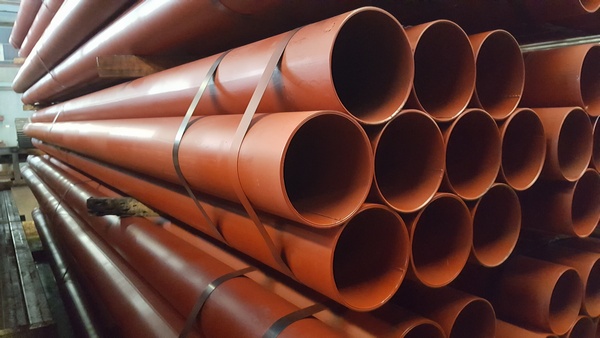
Our Inspection testing equipment
